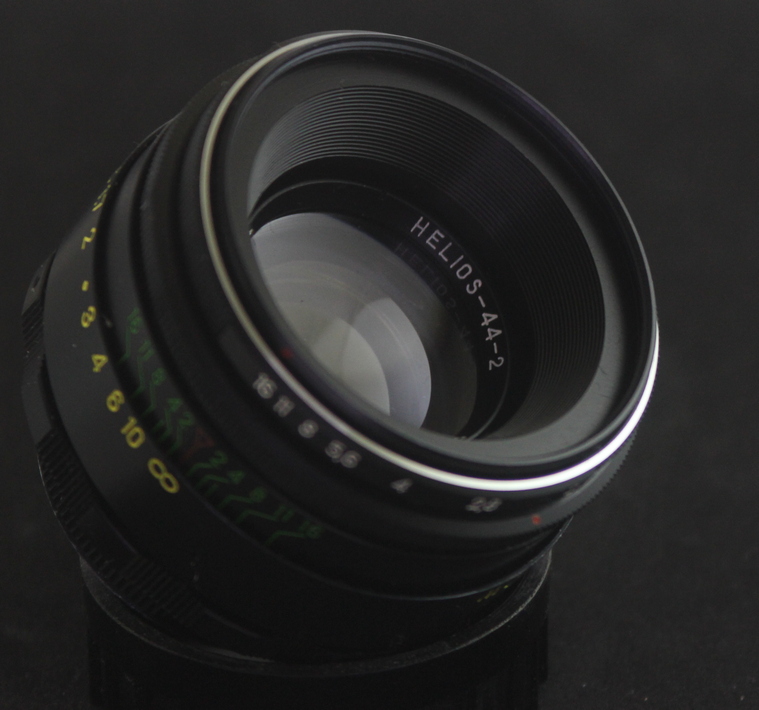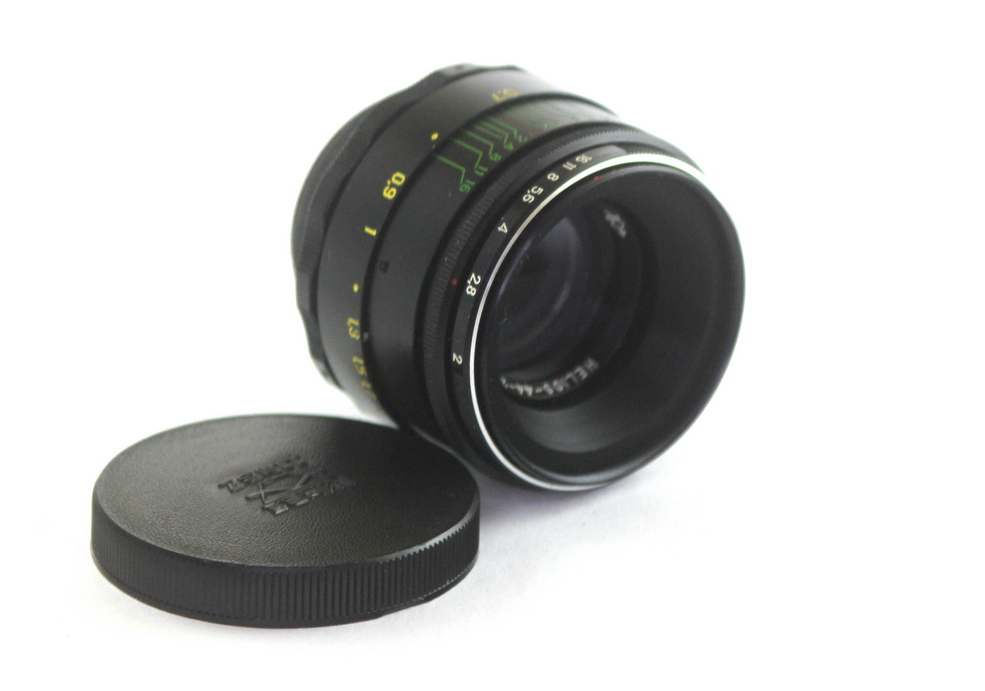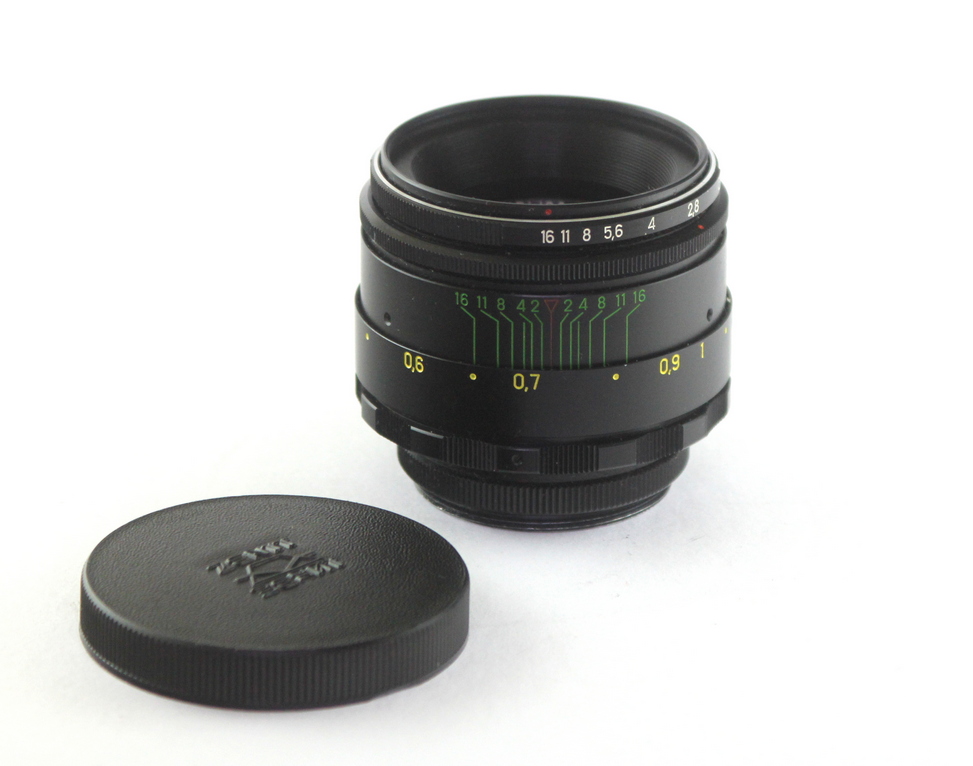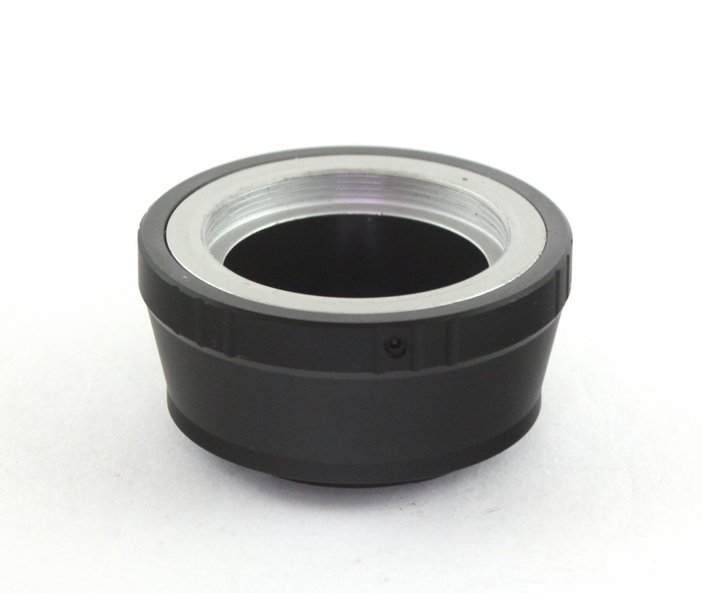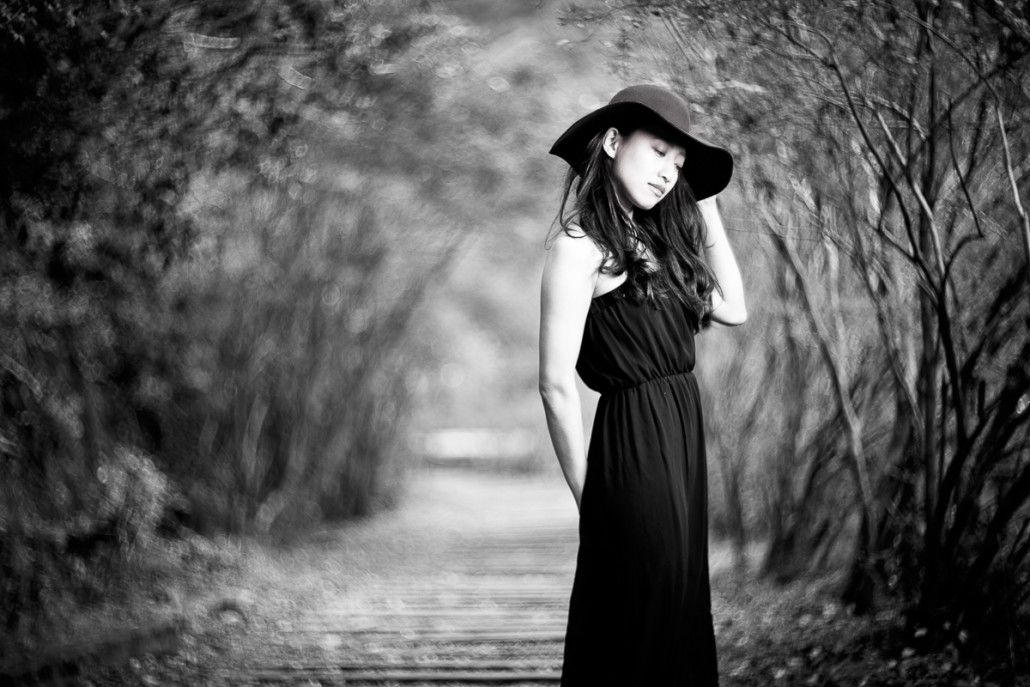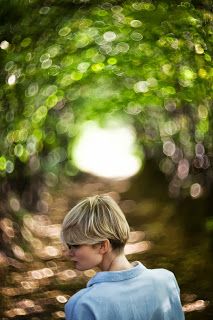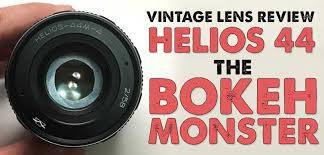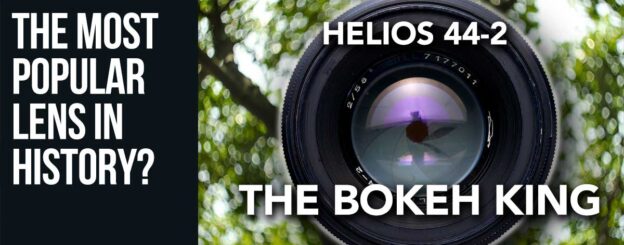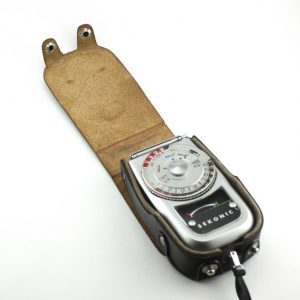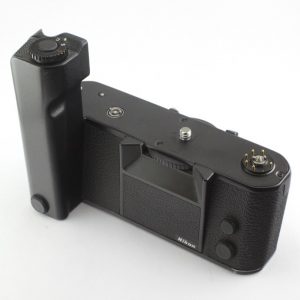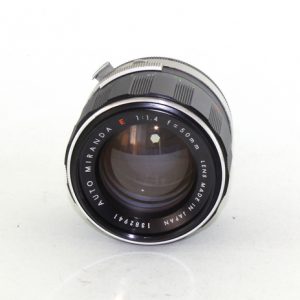Opis
Helios 44-2 58mm f/2,0 M42 / Adapter Fuji FX

The Most Popular Camera Lens in History – Helios 44-2 Bokeh King
Helios 44-2: The Most Popular Camera Lens in History
If you’ve been around photography for long enough, you have likely heard of the famed Helios 44-2. A favorite of the most “hipster” photographers, this historic lens comes from a line of Soviet lenses that actually got its start in Germany as a copy of the famous Carl Zeiss Biotar 58mm f/2 lens. The Soviet Helios 44-2, created in the 1950s, started out as a copy on the popular Zeiss lens of the time, but as the years passed the Helios took on a life – and legacy – of its own.
Helios 44-2 58mm f/2,0 M42 / Adapter Fuji FX + Hoya Zonerica
In a way that was unique to the Soviet optical world, cameras were most often categorized by their lenses. Telephoto lenses were known as Tair, while wide-angles were called MIRs, and the run of the mill standard lens of 35mm Zenit cameras was the Helios. The 50, 58, and 85mm were the first Helios lens options built. It was this 85mm that would become the most famous of the trio over time.
Special Kudos to Connor McCaskill for such an awesome video and extremely well researched history of one of the world’s most popular lenses in history!
Make sure to show some love to Connor by subscribing to his YouTube Channel!
The Helios 44-2
Helios 44-2 58mm f/2,0 M42 / Adapter Fuji FX + Hoya Zonerica

The Helios 44 was the first of the series of 58mm f/2 lenses and featured an M39 mount. A version came later that was called the 44-2, which would become one of the most popular models for soviet photographers before bursting onto the global scene. A 44-3 was also created, adding an MC layer. Both the 44-2 and 44-3 would feature an M42 mount, essentially doing away with the M39 mounts for good.
One of the most interesting facets of the 44-2 was it’s relatively inexpensive manufacturing cost due to the metal and hardened plastic that made up the lens. These materials gave the 44-2 a sturdy feel that photographers loved, and the unique performance of the lens made it a favorite for many individual’s gear bags.
How Did this Lens Become so Popular?
The popularity of the 44-2 lens exploded, and soon an upgraded 44M-4 was built. The varying versions of the lens that emerged were due to manufacturing being split between several Soviet factories to keep up with demand. These include the flagship builder KMZ, as well as Jupiter, BeLOMO, Arsenal, and others.
While at first glance the Helios 44-2 is a basic legacy lens, it has retained its popularity due to its character and ability of the lens to create a “swirly bokeh” for photos. Thus giving the photos a slightly unfocused look with swirly effects that center around the subject being captured.
With its low price and incredible history spanning world-powers, the Helios 44-2 is a legacy lens worth adding to your collection – if not for the effects, then surely for the conversation starter!
Check Out More Cool Facts About Photography History At Gear Focus
At Gear Focus, we are passionate about all-thing photography. From historical photography relics such as the Helios 44-2 lens to the latest in cutting-edge tech, Gear Focus has everything you need to take your camera skills to the next level. To learn more, head over to Gear Focus online.
Helios 44-2 58mm f/2,0 M42 / Adapter Fuji FX + Hoya Zonerica
More on the History Background of the Helios 44-2
September 1939: Germany invades Poland from the West, sparking WWII. Something that affected the entire globe, and specifically reached the Soviet Union June 22nd, 1941 when Hitler invaded Russia. Russia was suddenly in need of optical instruments for the Red Army. The primary suppliers of these optical instruments were companies like Zeiss, Leica, Canon, Nikon, Pentax, and Fujifilm. And these are all compabies in Axis Power countries. On February 1, 1942, by the order of People’s Commissariat of armament of the USSR, a state optical plant known as Krasnogorsk Mechanical Works or KMZ, a was born in Sverdlovsk Russia.
Fast forward a couple of years and the Red Army now occupied East Germany. Specifically Jena, Germany, where Zeiss glass is manufactured. There, the Russians helped themselves to the Zeiss Biotar lens formula. They proceeded to use this stolen Zeiss equipment to develop their own optical devices for the War.
Zeiss Biotar 58mm f/2
One of the most popular Zeiss lenses was the Biotar 58mm f/2 designed by Dr. Willy Walter Merté in 1936. This lens utilized a 6-element design with 3 wide outer elements which significantly improved their old Planar formula from 1896. And this Biotar lens was wildly popular and highly regarded for its fast aperture and incredible image, which out classed a majority of the market at that time.
This was a nice little war prize for the Soviet Union. They were suddenly in possession of the latest in German optical advancements which they later, in 1958, used to make the original Helios 44-2. A 58mm f2.0 six element lens.
So the Helios 44-2 is Just a Knock Off??
That’s right, the Helios 44-2 is just a cheap knock-off of the better built, sharper Carl Zeiss Biotar 58mm. The KMZ mass produced this lens and sold it at a significantly cheaper price. But even though it was cheap, it still was able to produce a highly pleasing image. It was almost dream-like. The bokeh of the image would swirl around the slightly softened subject creating a unique look. A look that is one of the main reasons you’ve probably heard of this lens already.

And there you go, the history Behind the Helios 44-2, produced from 1958 through the early 90s. And there are several iterative versions, but they are all essentially the same and everyone has their own opinions on which one is the best. Let us know in the comments below what you think of the Helios 44-2! And of course if you have one to sell, head over to Gear Focus and list today!
Helios 44-2 58mm f/2,0 M42 / Adapter Fuji FX + Hoya Zonerica
PRODAJA OTKUP ZAMENA POLOVNIH FOTOAPARATA
- Digitalni fotoaparati (DSLR, Mirrorless, Compact)
- Analogni fotoaparati (SLR, srednji i veliki format)
- Starinski, kolekcionarski fotoaparati
- Objektivi, Fiksni, Zoom, MILC/ Mirorless, Extension tubes (Ekstenderi), Konverteri, Adapter tube, Prelazni prstenovi
- Adapteri za objektive FD, EF, EOS, Nikon, 4/3, Micro 4/3, Fuji FX, Samsung NX, Sony NEX, Alpha, Minolta MD, Pentax PK, C-Mount, Rollei…
- Blicevi, difuzori, svetlosni modifikatori, kablovi za povezivanje
- Makro (macro) fotografija, makro prstenovi, makro mehovi (macro photography rings and bellows)
- Memorijske kartice (SD, CF, Micro SD, USB Flash memorije, čitači kartica)
- Baterije i punjači, Li-Ion, Ni-MH
- Filteri, UV, ND, Polarizacioni, CPL, filteri za crno belu fotografiju, kao i za specijalne namene
- Zonerice (lens shade, lens hood) za sve vrste savremenih objektiva, kao i za starije modele
- Poklopci objektiva prednji od 37mm-82mm
- Poklopci objektiva zadnji Canon FD, Canon EOS, Nikon F (AI), Sony Alpha/Minolta AF, Sony NEX, Olympus, Panasonic Micro 4/3, Fuji FX, Samsung NX, Minolta MD, Olympus OM, Pentax K (PK), Contax / Yashica, Rollei SL…)
- Digitalne video kamere (kamkorderi)
- GoPro kamere, dodatna oprema
- Baterije i punjači, Li-Ion, Ni-MH
- Studio, Flash glave, LED rasveta (stativi, kišobrani, soft box-ovi, dodatna oprema)
- Stativi, glave za stative, izmenjive pločice, monopodi
- Analogna, film fotografija. Laboratorijska oprema, aparati za povećavanje, dozne, tacne, sušilice, dodatni pribor
- Fotografska literatura, knjige, časopisi, brošure, katalozi, uputstva
- Razna foto oprema

